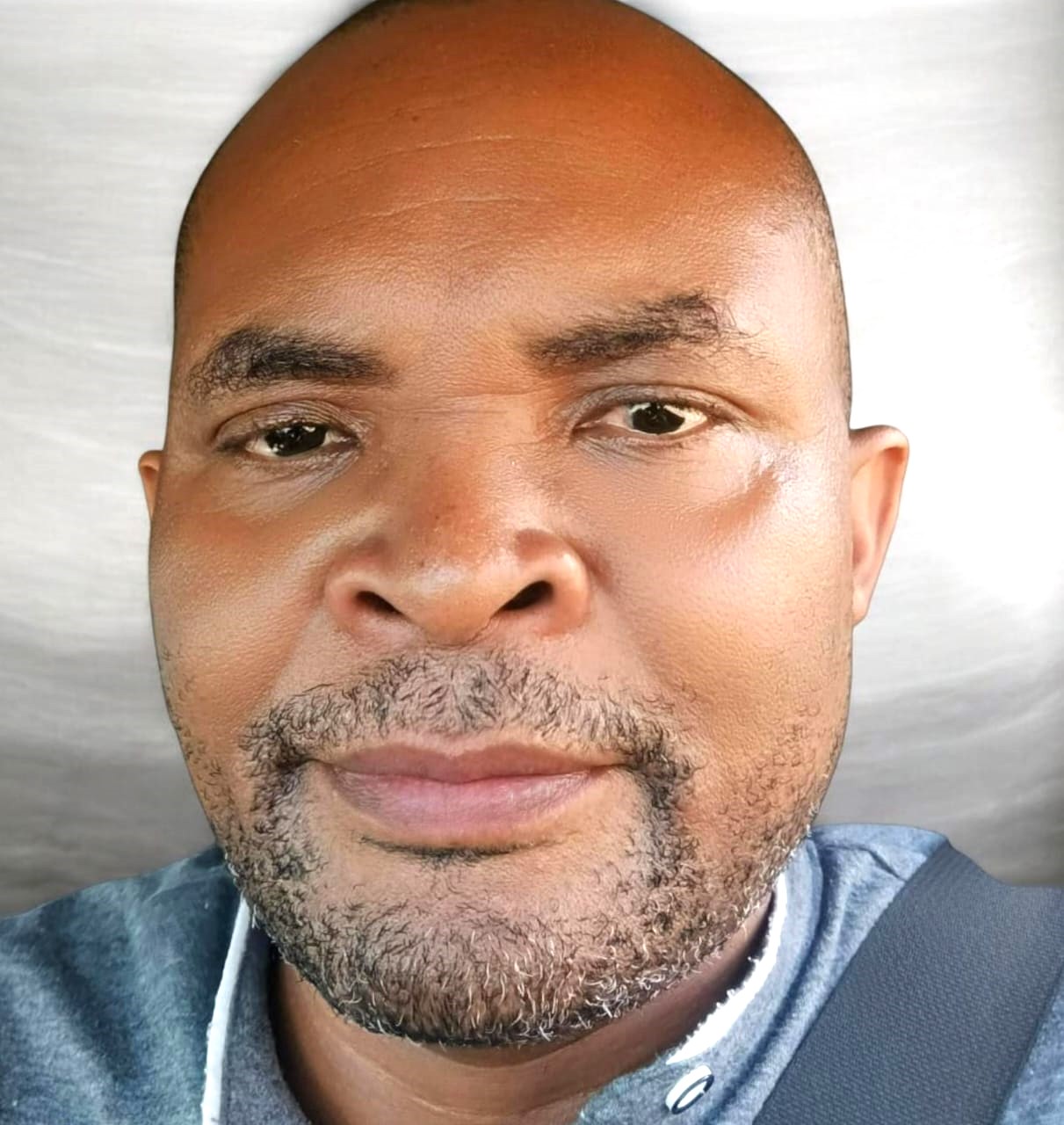The Ministry of Education launched the “Sector Policy for Learners and Trainees with Disabilities” which is a great milestone for learners and trainees with disabilities in the county.
The Policy was launched by President Uhuru Kenyatta on May 25, 2018 at K.I.C.C. This Sector Policy succeeds the Special Needs Education Policy Framework of 2009.
It is an ideal practice to review a government policy after five years of implementation. The previous Policy had some significant gaps and thus merited a review.
First, it came before the Constitution of Kenya was promulgated and thus it required to be aligned with it and other relevant national legal and policy frameworks.
Secondly, the previous Policy focused on special needs in education (22 categories) which was considered broad and thus the current Policy concentrated on 11 categories of disabilities.
These categories include: hearing impairment; visual impairment; deaf-blindness; physical impairment; intellectual and developmental disabilities; specific learning disabilities (dyslexia, dyscalculia, dysgraphia); cerebral palsy; speech and language difficulties; multiple disabilities; autism and albinism.
Thirdly, the Policy was short of implementation guidelines, meaning that the implementers were unable to interpret the Policy, which the current Sector Policy has addressed.
Lastly, the previous Policy did not have an elaborate dissemination plan which is taken care of in the current one.
The title “Sector Policy for Learners and Trainees with Disabilities?” was agreed upon after rigorous consultations. It is important for the public to understand how it came about and what it means. “Sector” means it covers the entire education and training continuum from basic education to tertiary/university education.
“Learners and trainees” covers those in basic education and those in tertiary institution. The Technical Team settled on “Disabilities” since special needs is broader and includes disability.
Education for learners with disabilities has gained momentum since the Policy was launched. Since then, the key players in the special needs education sector have been keen to disseminate and implement programmes that are contained in the Sector Policy.
To implement such policies, it requires aligning the plans for the institutions of learning to the Policy provisions which becomes an inexpensive approach of implementing some components of it.
Some other areas may require massive resources to implement and thus progressive implementation is advised. The policy proposes partnerships with state and non-state actors in education and other related service providers. The Policy advised on the need for the national government to workwith the county government, whose preprimary education (ECDE) function falls under.
This collaboration and partnership will be a key strategy towards successful implementation of all education programmes.
This policy recognizes the need for Kenya to move towards inclusive education, instead of segregated education. Hence, inclusive education becomes an overarching principle, advocating for the right of every learner with disability to be enrolled in regular classroom together with his or her peers without disabilities.
However, it must be noted that this shift to inclusive education recognizes the important role of other approaches such as special institutions of learning, special units in regular institutions of learning, and home-based education in providing education and training specifically for learners and trainees with severe disabilities and under vulnerable circumstances.
In addition, Kenya recognizes the need to specifically maintain special schools while striving to transition towards inclusive education.
The Policy drew a keen interest on Competence Based Curriculum (CBC). The Ministry will be keen to iimplement differentiated curricula and competency based-assessments that adequately meet the diverse needs of learners and trainees with disabilities.
According to the Basic Education Curriculum Framework, the CBC for learners with special needs shall be in two modalities: those who follow the regular curriculum and those who may not. For those that may follow the same curriculum as learners without special needs to access the regular curriculum, adaptation will be necessary at the secondary level which will include substitution of curriculum content, removal of specific curricular content areas and adaptation of teaching and learning strategies, resources and assessment.
For learners who are gifted and talented, the curriculum will be enriched, by providing additional and advanced content and resources.
By Muthomi Nathaniel Murungi
The writer is Special Needs Education Expert, who was the Policy Consultant for the Ministry of Education.






